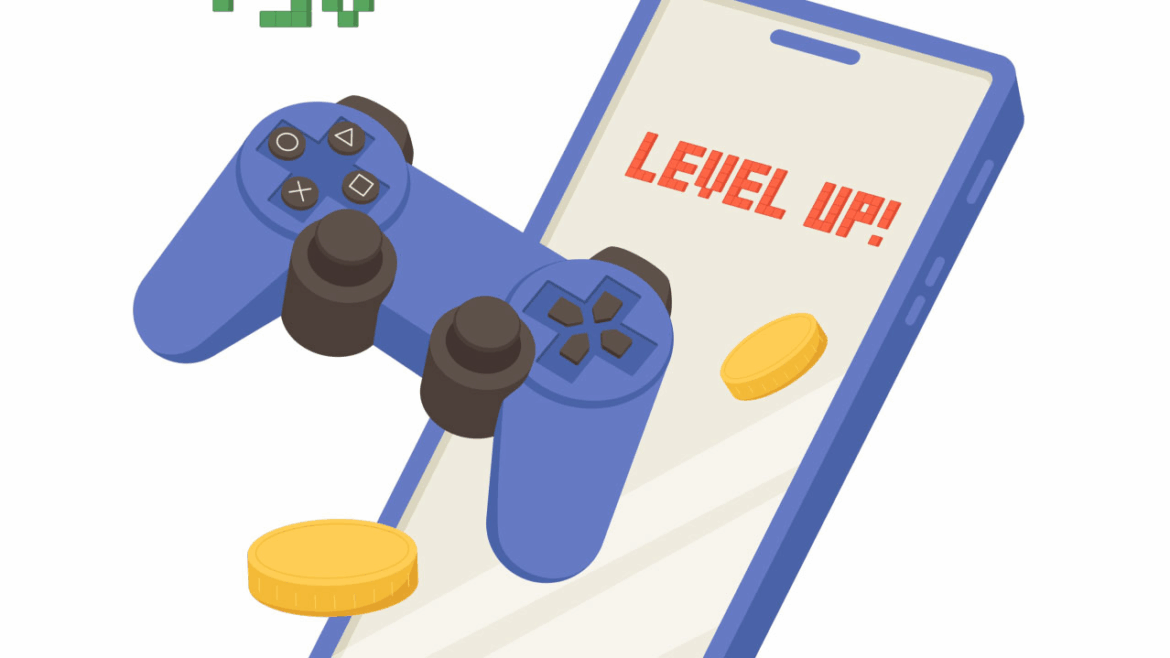In the fascinating realm of online gambling, every spin of the reel, every card dealt, and every dice roll feels like a thrilling dance between luck and excitement.
But what actually makes these moments so fascinating? It’s not just the prospect of winning big, it’s the complex science, often invisible, behind the reward systems established by game designers, or the skill and emotional states activated by those systems. These systems are designed to make the most of basic human psychology, and change a game from “not just a game” into an experience.
The psychological principles of game design are critical to the creation of engaging and addictive player experiences, which are methods backed by science, and are applied to places where a 7bit casino login offers you a login to play and enjoy various rewarding games. This is the art and science of gamification and is the secret sauce that separates an average game from an unforgettable game.
The fundamental principle of fulfilling the human need for accomplishment is fascinating to understand in terms of game design since this is the same principle that forms the basis of many digital environments and games, including those sites where you check a site for daily contributions and rewards (or even achievements). Understanding these principles will enhance your enjoyment, but perhaps even more than that, help you appreciate the brilliant design choices of every game you encounter.
The Foundations of Reward: Variable Ratio Reinforcement
One of the most effective psychological strategies in a game designer’s toolkit is variable ratio reinforcement. This concept, introduced by behavioral psychologist B.F. Skinner, is fundamental to the design of slot machines and other games of chance.
The idea is straightforward: a reward is given after an unpredictable number of actions. In contrast to a fixed-ratio schedule, where you receive a reward after a specific number of actions (like a bonus every 10 spins), a variable ratio schedule keeps players on their toes. You know a reward is coming at some point, but the timing is a mystery. This unpredictability is incredibly powerful. It creates a strong dopamine loop in the brain, encouraging players to keep going—whether that’s spinning the reels or placing another bet—hoping that the next try will be the big win.
This explains why a slot machine that pays out frequently with smaller wins can be just as captivating as one that offers rare, huge payouts. The steady, unpredictable flow of small rewards keeps players engaged, forming a robust habit loop that’s tough to break.
The Layers of the Reward System
These days, online casino games have evolved into something much more than just a straightforward experience. They now boast intricate reward systems designed to appeal to various player motivations, keeping the excitement alive over time.
The Immediate Reward: The Thrill of the Win
This is the most striking and immediate reward you can experience. Think about the flashing lights, the celebratory sounds, and the animations that pop up when you hit a winning hand or score a jackpot. This instant feedback provides a strong reinforcement, solidifying the relationship between your action (placing a bet) and the outcome (winning). Game designers invest significant thought into these audio-visual elements to create the greatest emotional response, so that every win feels like an actual rush.
The Progressive Reward: The Allure of the Long Game
Many games also offer progressive rewards that build over time and extend beyond a single game session. Progressions come in many forms:
- Loyalty Points & Tiers: As players engage with the games, they earn points that help them climb up loyalty tiers. Each tier offers its own unique perks, like a dedicated account manager, quicker withdrawals, or special bonuses. This structure fosters a sense of growth and recognition, making players feel appreciated and motivating them to stick around for the long haul.
- Progressive Jackpots: A prime example of a progressive reward is the progressive jackpot. A small portion of every bet placed contributes to a massive, ever-increasing prize pool. The sheer size of the potential win serves as a powerful incentive for players to keep spinning the reels, even if the odds of hitting it big are slim. It’s a shared dream that every player in the network is helping to build.
The Science of ‘Near-Miss’ and Skill-Based Rewards
Not every spin means a win, but even a loss can be contrived in such a way as to keep players engaged. The near-miss effect is a value-enhancing psychological trick in which a losing outcome is displayed in such a way that it feels “close” to being a “win.”
Consider the example of a slot machine: it is easy to imagine that players feel more engaged when they see two matching symbols on the first two reels, with a third symbol landing just below the payline; this outcome can feel more consequential than a total miss. The near-miss effect plays with a player’s perception of “closeness” and fosters the idea that they should consider trying again.
For skill-based games, such as poker or blackjack, the rewards are a bit different. Even when players know they will receive an immediate payout, it is this form of payout and the feeling of mastery, and perhaps even the feeling of intelligence, that is often the more important reward.
The table below represents the different types, or systems, of reward conditioning for players playing a game of random chance as opposed to skill development.
| Game Type | Primary Reward Mechanism | Psychological Drivers |
| Slots & Roulette | Variable Ratio Reinforcement | Dopamine-fueled anticipation; excitement of the unknown; immediate feedback. |
| Poker & Blackjack | Skill & Mastery | Intellectual challenge; social status; sense of control over outcomes; strategic wins. |
| Bingo & Keno | Social & Community | Shared experience; community wins; collective excitement; simple, easy-to-understand progress. |
The Future of Rewards: Personalization and Experience
As online gaming continues to grow and change, so do the ways we earn rewards. Nowadays, data science plays a key role in customizing these rewards, giving each player promotions and bonuses that fit their unique playing styles and preferences. The aim is to shift from a generic “one-size-fits-all” approach to a more personalized experience that feels tailor-made just for you.
At the end of the day, the science behind game design rewards showcases a deep understanding of what drives human motivation. It’s a fascinating mix of psychology, math, and design that transforms a simple game into an engaging world filled with excitement and anticipation. So, the next time you find yourself engrossed in a game, take a moment to appreciate the thoughtful engineering behind every flashing light and every celebratory sound. It’s not just about luck; it’s a brilliant example of behavioral science at work.





